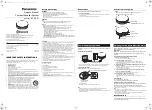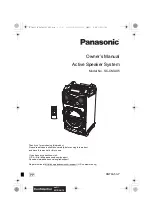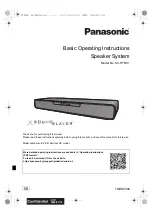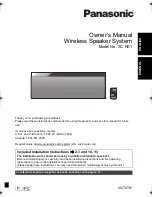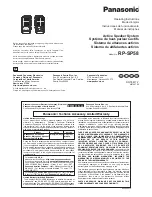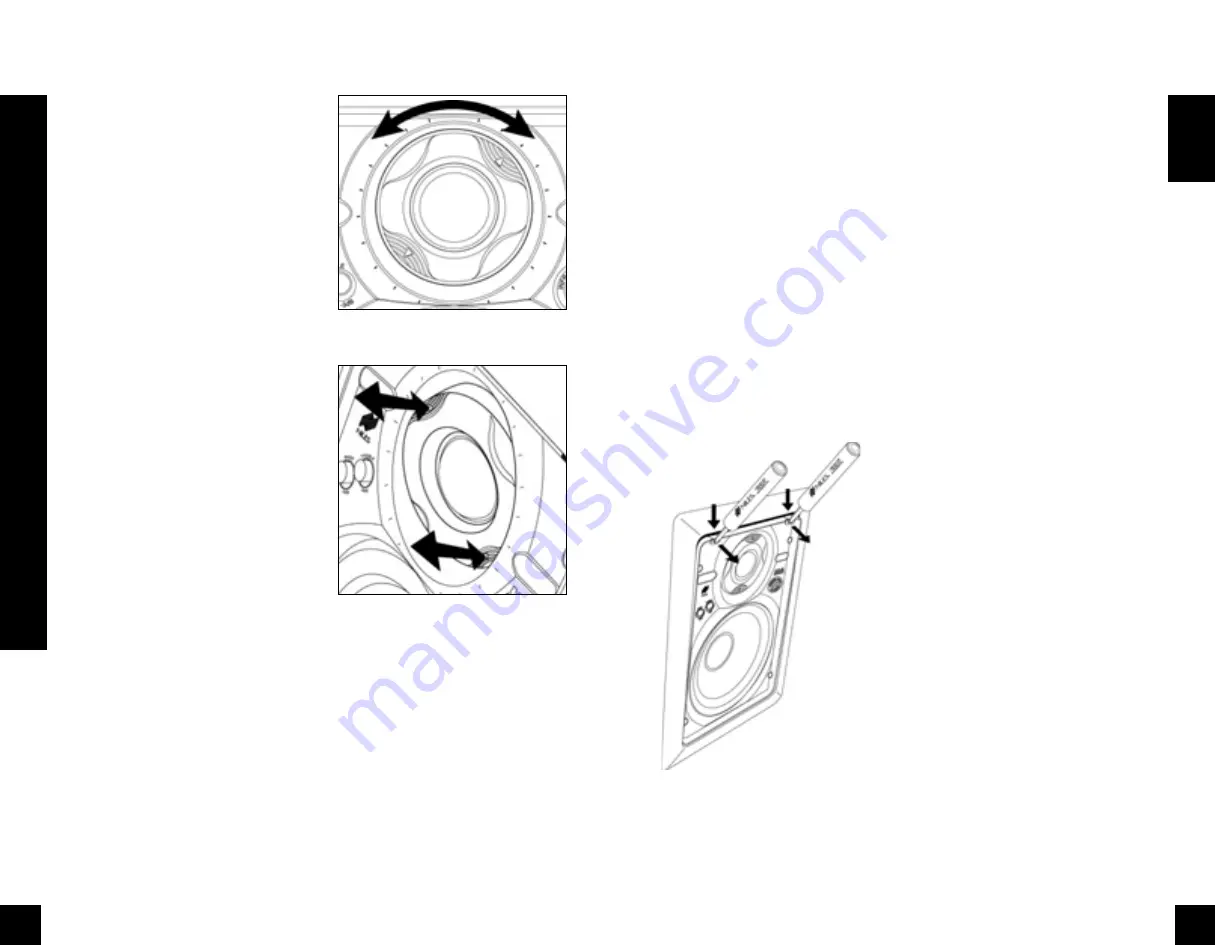
19
Installation
of
the Speaker and Grille in New or Existing Construction
Adjusting the Tweeter
The tweeter is housed in a precision adjust-
ment mechanism which enables precise
aiming of the directional high frequencies
to provide optimum performance. To adjust
the tweeter:
1. Carefully grasp the tweeter housing by
placing your thumb and forefinger in the
indentations provided.
2. Rotate the tweeter housing either clock-
wise or counter clockwise as required.
The mechanism is indexed at equal
intervals so that both speakers in a pair
can be adjusted equally. Simply count
the number of “clicks” as the first tweet-
er is adjusted. Repeat the process for the
second speaker, rotating the tweeter the
same number of “clicks” in the opposite
direction
(See Figure 19)
.
3. Pivot the tweeter on both speakers
equally by depressing the housing at
the arrows until the desired angle is
achieved
(See Figure 20)
.
Installing the Grille
Carefully fit the grille into its recess so that it
is barely in place. Starting with one corner,
go around the speaker, pushing the grille in
a little bit each time. You should be gentle,
the aluminum grille can be easily bent out
of shape. The speaker will have an abso-
lutely flush appearance when it is properly
installed.
Figure 20
Figure 19
20
Operation
Removal of Speaker
and Grille
Removing The Speaker
If the grille is already installed, remove it by
using a bent paper clip or the tip of a cork-
screw and pulling it away from the frame.
Utilizing two small screwdrivers or two
needle nose pliers, release the snaps that
hold the speaker to the frame. Insert the
screwdrivers into the holes in the snaps
and exert force straight down (towards the
woofer) until the snaps release. Once the
snaps release, the speaker can be tilted
away from the frame to be removed. Do
not attempt to use the frame for leverage,
as this may damage the surface of the
frame
(See Figure 21)
.
Operation
Listening at Higher Volumes
It requires more power to achieve a reason-
able volume of sound in a large room than
it does in a small room. It is possible (even
if you are not a teenager) to turn the volume
so high that the amplifier
runs out of power
.
This creates “clipping” distortion.
Clipping distortion makes treble sound
very harsh and unmusical. When you
hear harsh sounding treble from any good
speaker, turn the volume down immedi-
ately! Those harsh sounds are masking
some much more powerful ultra-high-fre-
quency sound spikes which will quickly
damage any fine loudspeaker. You are
much less likely to damage a speaker with
a large amplifier because it will be very
loud indeed before it produces any clip-
ping distortion.
Cleaning
You can clean the speaker with a damp-
ened soft cloth or paper towel. If the
speaker is mounted high up on a wall or
ceiling, use a broom to gently brush it off.
Figure 21














